Why Neodymium Magnets Need Protective Coatings
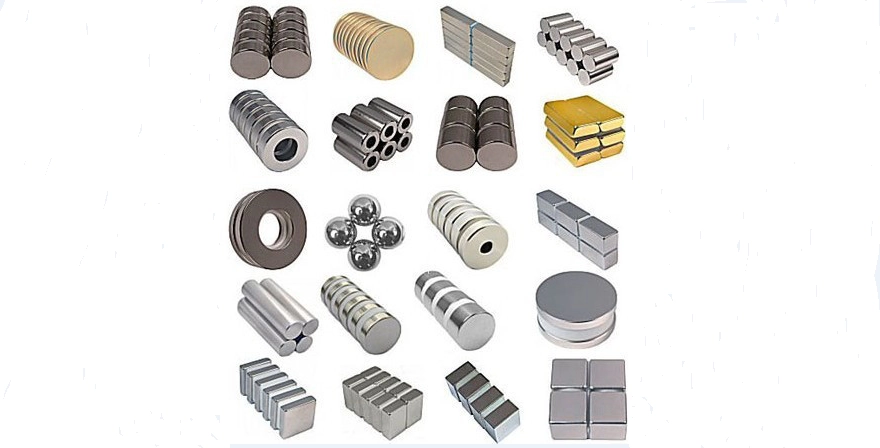
Neodymium magnets (NdFeB) are made from a blend of neodymium, iron, and boron. While these elements create a strong magnetic force, they also make the magnets highly prone to corrosion. Exposure to moisture, humidity, or even slight contact with water can cause rust and degrade the magnet’s performance quickly.
Without proper coatings, NdFeB magnets may:
- Lose magnetic strength due to surface oxidation
- Suffer structural damage like chipping and flaking
- Fail prematurely in harsh environments
Protective coatings do more than just prevent corrosion. They also provide:
- Abrasion resistance, shielding magnets from scratches and wear during handling or use
- Improved aesthetics, giving a sleek, professional finish
- Electrical insulation, reducing the risk of short circuits in electronic applications
In short, coatings are essential not only to maintain the magnet’s durability but also to enhance its surface properties for practical and visual benefits.
Key Factors to Consider When Selecting a Magnet Coating
Choosing the right coating for neodymium magnets depends largely on where and how the magnet will be used. Here are the main points to keep in mind:
- Operating Environment and Humidity Exposure: Magnets exposed to high moisture or marine conditions need coatings that resist corrosion and water damage well.
- Temperature Range and Thermal Stability: Different coatings handle heat differently. If your application involves high or fluctuating temperatures, pick a coating that won’t degrade or lose adhesion under those conditions.
- Mechanical Demands and Adhesion: Coatings must withstand physical wear like abrasion, impact, or vibration. Good adhesion helps prevent chipping or peeling during handling and use.
- Regulatory and Safety Requirements: For medical, food contact, or biocompatible uses, FDA-approved coatings or finishes like parylene and gold are essential to meet strict standards.
- Cost vs. Performance Balance: Weigh the cost of the coating against its protective qualities and lifespan. Sometimes investing more upfront prevents costly failures later.
- Aesthetics and Functional Properties: Some industries need coatings that look good or provide extra functions like insulation or low friction. These factors can influence the final choice.
Understanding these factors ensures you select a magnet coating tailored to your specific needs, enhancing durability and performance. For technical insights on magnet manufacturing and coatings, you might find how to make NdFeB magnet useful.
Common Magnet Coating Types and Their Properties
Choosing the right coating for neodymium magnets depends on balancing corrosion protection, durability, and cost. Here’s a quick overview of common magnet coatings and what they offer:
| Coating Type | Key Features | Corrosion Resistance | Temperature Range | Cost | Best Use |
|---|---|---|---|---|---|
| Nickel (Ni-Cu-Ni) | Triple-layer for strong protection | High | -40°C to 200°C | Moderate | General use, motors, generators |
| Zinc | Sacrificial, cost-effective | Moderate | Up to 150°C | Low | Consumer electronics, budget projects |
| Epoxy | Water and salt barrier, good adhesion | High | Up to 120°C | Low to Moderate | Marine, outdoor, industrial |
| Gold | Decorative, biocompatible finish | Excellent | Up to 150°C | High | Medical devices, food processing |
| Parylene | Thin, FDA-approved coating | Excellent | -50°C to 80°C | High | Medical, food, FDA-regulated use |
| Rubber/Plastic | Waterproof, impact-resistant | Good | Variable | Moderate | Waterproof electronics, consumer goods |
| PTFE (Teflon) | Chemical-resistant, low friction | High | Up to 260°C | High | Chemical industry, renewable energy |
| Everlube/Phosphating | Anti-wear industrial finish | Moderate | Up to 200°C | Moderate | Heavy machinery, automotive |
- Nickel plating is the go-to for solid, all-around protection and durability.
- Zinc works well if you want something inexpensive but still protective.
- Epoxy coatings excel in harsh marine or salty conditions.
- Gold and parylene are preferred for sensitive environments requiring biocompatibility and FDA approval.
- Rubber and plastic coatings add impact resistance alongside waterproofing.
- PTFE performs best when chemical resistance and low friction are priorities.
- Everlube and phosphating help reduce wear in industrial settings.
For a deeper dive into magnet plating types, check out our article on NdFeB magnet composition, which explains how coatings help protect sensitive magnet materials.
Coating Comparison Chart
Here’s a quick look at common neodymium magnet coatings and how they stack up on corrosion resistance, temperature tolerance, durability, and cost:
| Coating | Corrosion Resistance | Temp. Range (°C) | Durability | Cost | Best Use |
|---|---|---|---|---|---|
| Nickel (Ni-Cu-Ni) | High | -40 to 150 | Good | Moderate | General purpose, motors |
| Zinc | Medium | -30 to 100 | Moderate | Low | Cost-effective, short-term |
| Epoxy | High | -40 to 120 | High (abrasion resistance) | Moderate | Marine, water exposure |
| Gold | Excellent | -20 to 150 | High | High | Medical, decorative |
| Parylene | Excellent | -40 to 80 | Thin, flexible | High | FDA-approved, food, medical |
| Rubber/Plastic | Good | -20 to 100 | High (impact resistant) | Moderate | Waterproof, shock-proof |
| PTFE (Teflon) | Excellent | -100 to 260 | Good | High | Chemical resistance, low friction |
| Everlube/Phosphating | Good | -30 to 150 | Excellent (anti-wear) | Low-Moderate | Industrial wear parts |
Pros and Cons with Real-World Examples
- Nickel (Ni-Cu-Ni): Great for everyday use, especially in automotive motors. It offers strong corrosion resistance but can be vulnerable in highly acidic environments.
- Zinc: A budget-friendly choice that protects by corroding first. Ideal for short-term outdoor applications but less durable long-term.
- Epoxy: Excellent for water and salt exposure, commonly used in offshore energy magnets. Its abrasion resistance helps too.
- Gold: Perfect for medical implants and devices needing biocompatible coatings but comes with a higher price tag.
- Parylene: Used in food processing and medical tools where FDA approval is a must. Thin coating keeps size and magnet strength consistent.
- Rubber/Plastic: Suitable for electronic devices needing impact protection and waterproofing.
- PTFE (Teflon): Best in chemically harsh environments, like chemical sensors or offshore applications.
- Everlube/Phosphating: Popular for industrial magnets subject to regular wear and tear.
This chart helps you quickly target the best magnet plating type for your needs.
Step-by-Step Guide to Choosing the Best Magnet Coating
Choosing the right coating for your neodymium magnets starts with understanding where and how they’ll be used. Here’s a simple process to follow:
- Assess the application environment: Consider factors like humidity, exposure to saltwater, chemicals, or dust, as well as mechanical stresses such as abrasion or impact. This will narrow down your coating options based on durability and protection.
- Match coatings to specific needs: For example, marine applications often need epoxy or PTFE coatings for corrosion resistance, while medical devices require biocompatible finishes like gold or parylene. Knowing the end use helps select the best protective layer.
- Test samples for adhesion and durability: Before a full production run, get sample magnets coated and test them under real conditions—check how the coating holds up against wear, corrosion, and temperature changes. This hands-on test prevents costly failures later.
- Consider custom coating solutions: Many suppliers offer custom magnet surface treatments tailored to unique needs. Don’t hesitate to discuss your exact requirements with them for optimized performance and cost balance.
Following these steps ensures you pick a magnet coating that protects effectively and fits your project’s demands. For detailed insights on magnet types and coatings, check out our magnet plating types resource.
Industry-Specific Recommendations
Choosing the right magnet coating depends heavily on the industry and its unique demands:
- Automotive and Motors: Nickel or black nickel coatings are popular for their excellent corrosion resistance and durability under mechanical stress.
- Medical Devices: Gold, parylene, or titanium nitride coatings are preferred due to their biocompatibility and FDA approval. These coatings ensure safety and reliability in sensitive environments.
- Renewable Energy and Offshore: Epoxy or PTFE coatings perform well in harsh, humid, and salty conditions thanks to their superior waterproof and chemical-resistant properties.
- Consumer Electronics: Zinc or plastic coatings offer a cost-effective barrier against corrosion with decent abrasion resistance, ideal for everyday gadgets.
- Food Processing: FDA-approved parylene coatings or stainless steel casings are essential here, providing safe, hygienic, and corrosion-resistant finishes that meet strict regulatory standards.
Selecting the appropriate coating for your application not only prolongs magnet life but also improves overall device performance. For advanced magnetic solutions, checking out innovations in new magnetic technologies for NdFeB magnet can offer more insights.
Common Mistakes to Avoid When Choosing Magnet Coatings
Choosing the right magnet coating can be tricky, and some common mistakes can lead to costly problems down the line. Here’s what to watch out for:
- Ignoring coating thickness and surface preparation: Thin or uneven coatings don’t protect the magnet well, and poor surface prep can cause coatings to peel or bubble, reducing corrosion resistance and durability.
- Overlooking temperature limits: Each coating has a maximum temperature it can handle. Exceeding this can cause the magnet to lose strength (demagnetization) or the coating to crack or degrade.
- Selecting coatings based on cost only: Cheaper coatings might save money upfront but often fail faster, requiring early replacement or repairs. Always test the coating’s performance under your specific conditions before finalizing.
- Damage during handling and assembly: Magnets with coatings can easily chip or scratch if not handled properly, defeating the purpose of corrosion protection. Use careful handling practices and consider protective packaging.
Avoiding these pitfalls ensures your neodymium magnet coatings perform reliably and last longer.
Why Choose NBAEM for Coated Magnets
NBAEM stands out when it comes to customized magnet coatings. Their strict quality control ensures every batch meets high standards, protecting your Neodymium magnets from corrosion and wear.
Key Advantages:
| Feature | Benefit |
|---|---|
| Customized coatings | Tailored to your environment and needs |
| Advanced plating tech | Consistent, durable finishes |
| Competitive pricing | Cost-effective without cutting corners |
| Fast lead time | Quick turnaround to keep your projects on schedule |
Plus, NBAEM shares real success stories and case studies proving their coatings perform well in tough conditions—ideal if you want reliability.
If you’re working with Neodymium magnets, NBAEM’s expertise guarantees coatings that match your specific application, whether for automotive, medical, or renewable energy uses.
For more about different types of magnets and their treatments, check out their detailed page on magnetic material types.
FAQs About Magnet Coatings
What are the most durable magnet coatings?
Nickel (Ni-Cu-Ni) coatings are widely known for their strong corrosion resistance and durability, especially in industrial applications. Epoxy and PTFE (Teflon) also offer good wear and chemical resistance. For high-end uses like medical devices, parylene provides a tough, FDA-approved thin film that lasts long under harsh conditions.
Can magnet coatings be repaired or reapplied?
Repairing coatings on neodymium magnets is tricky because damaging the magnet during the process is a risk. Usually, if the coating is scratched or worn, re-coating requires stripping the old layer completely and recoating under controlled conditions. Some custom suppliers offer partial repair or touch-up options but testing is essential to ensure the magnet’s performance isn’t compromised.
Does magnet coating affect magnetic strength?
In most cases, coatings add minimal thickness and don’t significantly impact the magnetic strength. However, very thick or heavy coatings can slightly reduce the effective field in close-contact applications. Choosing thinner, high-performance coatings can maintain magnetic properties while providing protection.
Are there eco-friendly magnet coating options?
Yes, eco-friendly coatings like water-based epoxies and parylene are gaining popularity for their low environmental impact. Additionally, processes that minimize hazardous chemicals, such as advanced plating technologies used by trusted manufacturers, help reduce environmental footprint.
If you have more specific questions about customizing coatings or durability testing, feel free to reach out to experts who can guide you through tailored solutions.

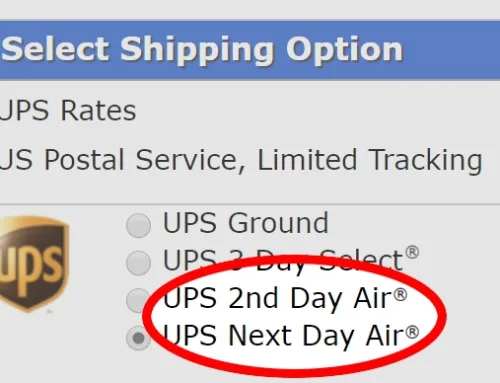
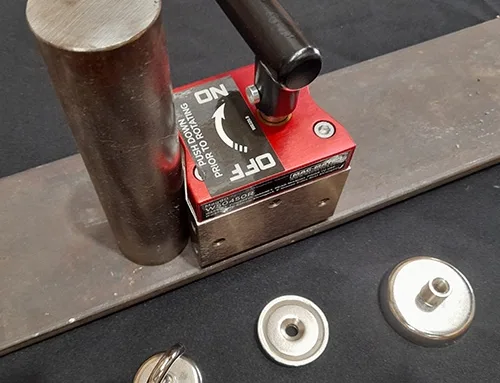
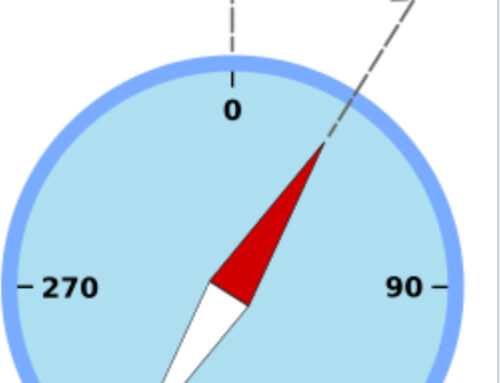
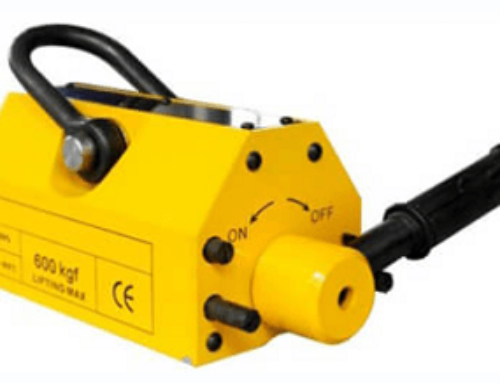
Leave A Comment